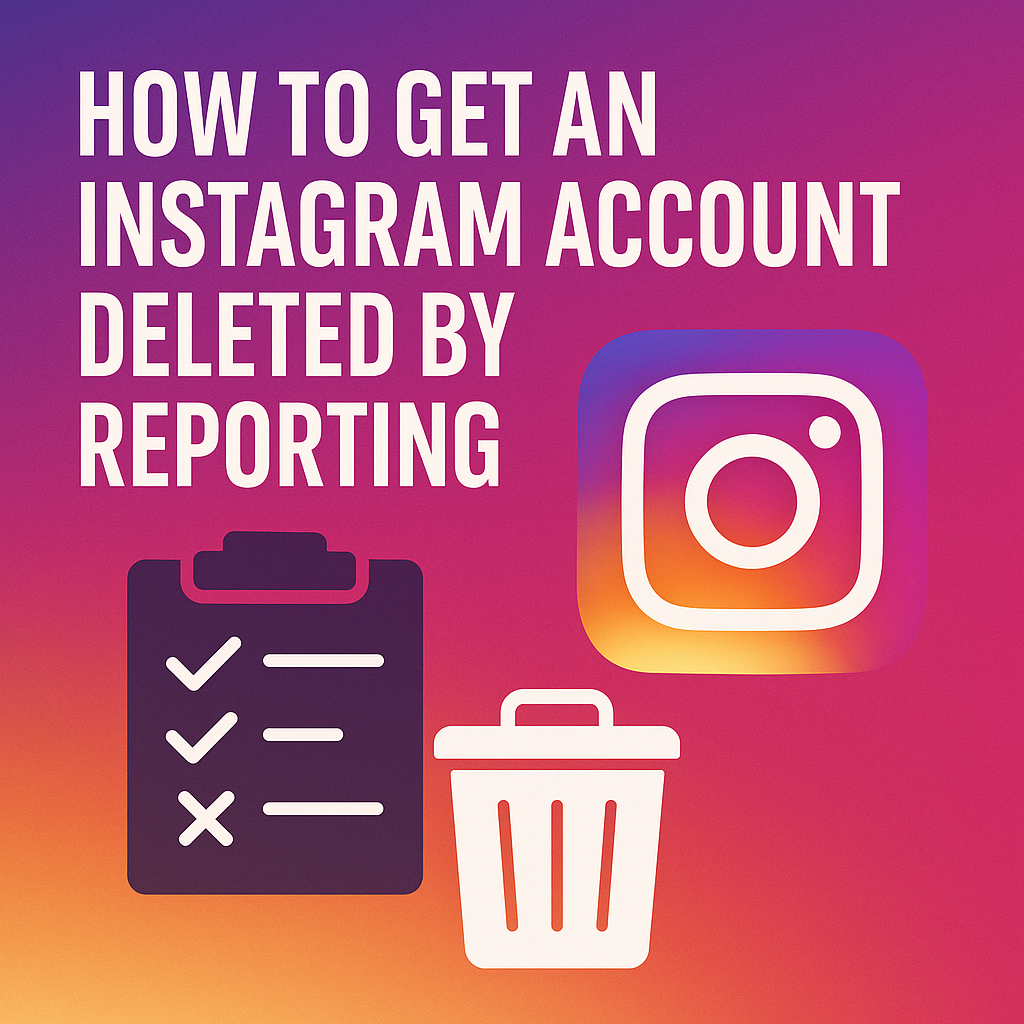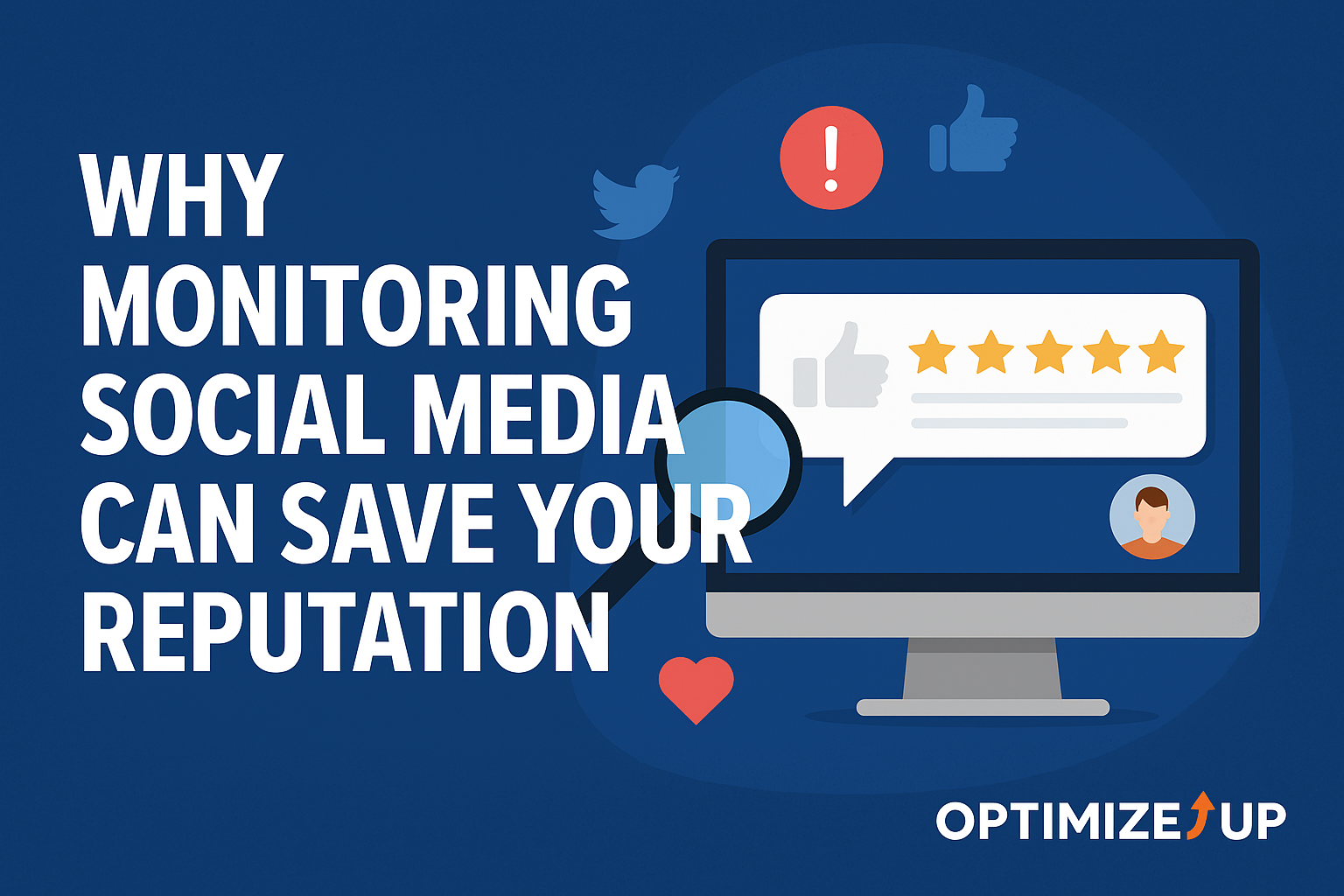Why Brand Perception Matters for Growth and Longevity
Your brand isn’t what you say it is—it’s what people say when you’re not in the room. Brand perception is how customers, prospects, partners, and the public view and interpret your business.
A strong brand perception leads to:
- Increased customer loyalty and advocacy
- Higher pricing power and margins
- Improved employee morale and recruitment
- Greater resilience during crises
- Easier partnerships and press relationships
According to Lucidpress, consistent branding can increase revenue by 33%. That growth begins with understanding and optimizing how your brand is perceived.
What Is Brand Perception?
Brand perception is the sum of all interactions and impressions that form public opinions about your brand. It’s shaped by:
- Customer experiences (service, product, support)
- Marketing messages and tone
- Visual identity and packaging
- Reviews and social media conversations
- News coverage and influencer mentions
It can also be shaped by internal culture leaks, leadership behavior, and the emotional resonance of a brand’s story.
Brand perception can be:
- Positive (admired, trustworthy, innovative)
- Negative (outdated, overpriced, untrustworthy)
- Neutral (no clear opinion or awareness)
Your goal is to influence those perceptions toward favorable associations.
How to Measure Brand Perception Accurately
1. Customer Surveys and Feedback Forms
- Run Net Promoter Score (NPS) and Customer Satisfaction (CSAT) surveys
- Ask open-ended questions:
- “What words come to mind when you think of our brand?”
- “What would you tell a friend about our company?”
- “What emotions does our brand evoke for you?”
- Use Typeform, Google Forms, or SurveyMonkey to gather insights
2. Social Listening
- Track brand mentions, hashtags, and keywords
- Identify tone, sentiment, and context
- Use tools like:
3. Online Reviews and Ratings Analysis
- Monitor review sites (Google Reviews, Yelp, Trustpilot)
- Analyze recurring praise or complaints
- Compare against competitors for benchmarking
4. Focus Groups and Interviews
- Conduct in-depth sessions with key customer segments
- Explore emotional and rational perceptions
- Identify blind spots in brand messaging
5. Web and Search Analytics
- Look for branded search volume trends
- Evaluate bounce rates and dwell time on brand pages
- Review referral sources (social, organic, earned media)
- Analyze engagement by demographic and device type
6. Share of Voice and PR Sentiment
- Calculate brand mentions across media outlets
- Measure earned vs. paid attention
- Track press sentiment pre- and post-campaigns
Key Metrics to Track
| Metric | Why It Matters |
|---|---|
| Net Promoter Score (NPS) | Measures customer loyalty and likelihood to recommend |
| Brand Sentiment Score | Aggregates positive, neutral, and negative mentions |
| Branded Search Volume | Indicates awareness and interest |
| Review Ratings | Reflects public satisfaction |
| Share of Voice | Compares brand visibility to competitors |
| Earned Media Value (EMV) | Quantifies free publicity and media exposure |
| Brand Recall | Measures how well consumers remember your brand |
Proven Strategies to Improve Brand Perception
1. Deliver on Your Brand Promise
- Be consistent in what you offer and how you communicate
- Audit your customer journey and identify friction points
- Train frontline employees to embody brand values
2. Strengthen Your Visual Identity
- Update outdated logos, packaging, and web design
- Align visuals with current trends and customer expectations
- Maintain visual consistency across platforms
3. Use Authentic Storytelling
- Share founder stories, employee spotlights, and customer testimonials
- Humanize your brand through emotion-driven content
- Create video content for higher emotional impact
4. Showcase Social Proof
- Highlight positive reviews, case studies, and influencer partnerships
- Use trust badges, user-generated content (UGC), and certifications
- Create “Customer Wall of Love” content collections
5. Act on Feedback Publicly
- Acknowledge complaints and show resolution steps
- Post updates when changes are made based on feedback
- Include “You Asked, We Delivered” updates
6. Align Internal Culture with External Messaging
- Train employees to represent brand values
- Celebrate company wins publicly (awards, milestones, CSR)
- Develop an employer brand that mirrors customer perception goals
“People don’t buy products. They buy stories, relationships, and how those make them feel.” — Seth Godin
Elevating Brand Perception Through SEO and Content
1. Optimize Branded Keywords
- Own the top results for “[Your Brand] reviews,” “[Your Brand] story,” “[Your Brand] testimonials”
- Target featured snippets and People Also Ask queries
2. Publish Thought Leadership
- Write blogs, whitepapers, and LinkedIn posts addressing industry topics
- Contribute to third-party media outlets
- Host webinars or participate in podcasts
3. Create Long-Form Brand Assets
- “About Us” and “Mission” pages with depth and clarity
- Brand values explained through rich content and media
- Include video explainers and interactive graphics
4. Reputation SEO
- Suppress negative content by ranking positive assets
- Use schema markup to enhance brand presence in SERPs
- Build high-authority backlinks to your branded content
5. Align Content with Brand Personality
- Funny, bold, educational, or empathetic—stay consistent
- Use tone guides and editorial standards across channels
Using Social Media to Influence Perception
- Monitor and engage in brand-related discussions
- Respond promptly to DMs, tags, and mentions
- Run value-driven campaigns (behind-the-scenes, giving back, challenges)
- Collaborate with influencers who embody your brand values
- Use polls and questions to involve audiences in product decisions
- Share customer-generated content to increase relatability
Common Brand Perception Mistakes to Avoid
- Ignoring negative reviews or comments
- Making tone-deaf or inconsistent messaging choices
- Overpromising and underdelivering
- Using fake testimonials or overly polished language
- Neglecting to differentiate from competitors
- Failing to address internal employee sentiment leaks
- Treating perception as a one-time campaign instead of a long-term commitment
How Optimized Up Helps Improve Brand Perception
Optimized Up provides the tools and strategies to:
- Monitor real-time sentiment and brand visibility
- Analyze competitor reputation benchmarks
- Build content that reshapes public opinion
- Execute SEO campaigns that elevate search presence
- Improve customer touchpoints and messaging consistency
- Implement brand voice training and internal alignment protocols
Let’s elevate your brand with a perception-first strategy that drives growth and trust.
Frequently Asked Questions
Brand awareness is whether people know you exist. Brand perception is how they feel and think about you.
Most campaigns see measurable improvement within 3–6 months when paired with consistent effort.
Yes. Social listening, review analysis, search volume, and sentiment tools offer accurate indirect indicators.
Yes—with transparency, consistency, and by delivering genuine value over time. Aligning your internal and external brand is key.
Search engines, review platforms, LinkedIn, Twitter/X, Instagram, Reddit, Glassdoor, and industry forums often carry the most influence.
When employees believe in and live the brand, it naturally radiates outward. Conversely, internal misalignment can leak and damage public trust.
MLA Citations:
Stevens, Clara. Branding Beyond Aesthetics: Measuring and Managing Perception. Signal Books, 2024. “Why Brand Consistency Matters.” Lucidpress Blog, 2024, www.marq.com. “Seth Godin on Branding.” SethGodin.com, 2024, www.sethgodin.com. “Social Sentiment and Brand Health.” Sprout Social Insights, 2024, www.sproutsocial.com.





